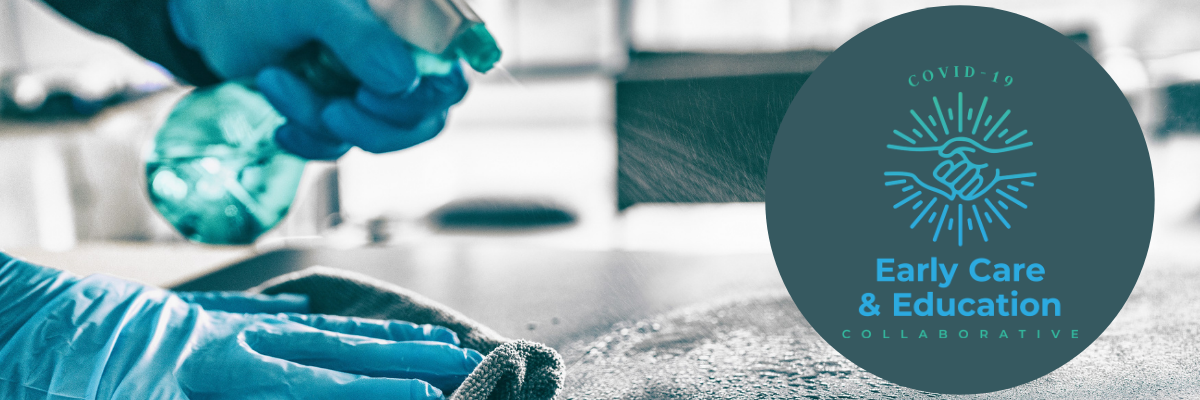Healthy Homes Guide to Cleaning and Disinfection
Hand Hygiene and Personal Protective Equipment (PPE)
Para la página en español, visite Higiene de manos y equipos de protección personal (EPP).
Practicing proper hand hygiene and wearing appropriate personal protective equipment (PPE) are safe measures to protect yourself from COVID-19, other communicable illnesses, and to remove contaminants in everyday life. It is also crucial to follow expert guidance regarding hand washing and PPE use when cleaning and disinfecting. These resources will guide you through how and when to wash your hands, how to protect yourself when cleaning and disinfecting, and when and how to wear gloves.
Note that this guidance is limited to practicing good hand hygiene and wearing personal protective equipment as it relates specifically to the process of cleaning and disinfecting. It is not inclusive of or a substitute for guidance for healthcare workers or frontline staff. It also does not include guidance for personal protective equipment or other preventative measures for everyday life or while out in public spaces like wearing a mask or face covering and practicing social distancing.
Resources
When and How to Wash Your Hands
One way to prevent yourself from getting sick and to prevent the spread of the virus that causes COVID-19 is proper handwashing. This CDC webpage provides steps to wash your hands correctly and examples of key times to wash your hands. Key considerations for how clean your hands include:
- Lather all parts of your hand including backs of your hands, wrists, palms, between your fingers, and under your nails
- Scrub for at least 20 seconds
- Key times to clean your hands include:
- Before and after cleaning and disinfecting.
- After touching frequently touched items or surfaces in public places, including door handles, tables, gas pumps, shopping carts, electronic cashier registers/screens.
- Before touching your eyes, nose, or mouth.
- Before, during, and after preparing food.
- Before eating food.
- After leaving public spaces.

Hand Sanitizer Use Out and About
Here are the key considerations for hand sanitizer use:
- Washing hands with soap and water is the best method of cleaning your hands, especially if they are visibly dirty – you can use alcohol-based hand sanitizer if soap and water are not readily available.
- Use an alcohol-based hand sanitizer that contains at least 60% alcohol – you can find this information on the product label.
- Sanitizing kills certain germs on the skin but does not eliminate of all types of germs or contaminants.
- Sanitizing may not be as effective when hands are visibly dirty or greasy.
- Rub the gel over all surfaces of your hands and fingers until dry.
- Alcohol-based hand sanitizers can cause alcohol poisoning if consumed – keep out of reach of young children and supervise their use.
- Remember to wash your hands properly with soap and water as soon as you have access to handwashing facilities.
How to Protect Yourself and Others
This website provides tips and guidance that everyone should consider to prevent the spread of illness and COVID-19 including washing your hands often and cleaning and disinfecting frequently touched surfaces daily. When cleaning and disinfecting you should:
- Wear reusable or disposable gloves for routine cleaning and disinfection.
- Wash your hands before putting on and after you have removed the gloves.
- Consider eye protection for potential splash hazards.
When to Wear Gloves
According to the CDC, it is important to wear gloves when you are routinely cleaning and disinfecting your home or caring for someone who is sick. This webpage provides guidance on when to wear gloves and other ways to protect yourself. When cleaning and disinfecting you should:
- Follow product label precautions, which may include wearing reusable or disposable gloves.
- Wash your hands before putting on and after you have removed the gloves.
Sequence for Donning and Removing Personal Protective Equipment
CDC’s visual poster illustrates the sequence for putting on and taking off PPE and includes key instructions to limit the spread of contamination. While this resource is geared towards healthcare providers, the public can benefit from the guidance specific to safely removing gloves. Some tips include:
- Outside of gloves are contaminated – remove according to poster instructions to safely remove and prevent contamination of your bare hands.
- Wash hands or use an alcohol-based sanitizer immediately before putting on and immediately after taking off all PPE.
COVID-19 PPE for Frontline Staff
The Boston Public Health Commission has published this guidance for frontline staff (defined in this resource as anyone who interacts with the public) to protect themselves and the people they serve. Of particular use to all populations are the sections on hand hygiene and PPE. This document outlines many recommendations, some of which include:
- Wash your hands frequently.
- Use alcohol-based hand sanitizers with at least 60% alcohol when water and soap are not available – rub in until dry.
- Gloves are not a substitute for handwashing – wash your hands before and after using gloves.

If caring for someone with COVID-19 in the home, here are some additional points to consider:
- You should continue to practice preventative actions like cleaning hands often.
- Avoid touching your eyes, nose, and mouth.
- You should wear disposable gloves when handling dirty laundry from an ill person and discard after each use.
- Clean hands before putting on and after taking off gloves.
For more guidance on cleaning and disinfecting while caring for someone with COVID-19 in the home, visit the Homes section of this resource.
Related Resources
Hand Hygiene [url; CDC, 2020]
Considerations for Wearing Cloth Face Coverings [url; CDC, 2020]
Cleaning and Disinfection for Households [url; CDC, 2020]
